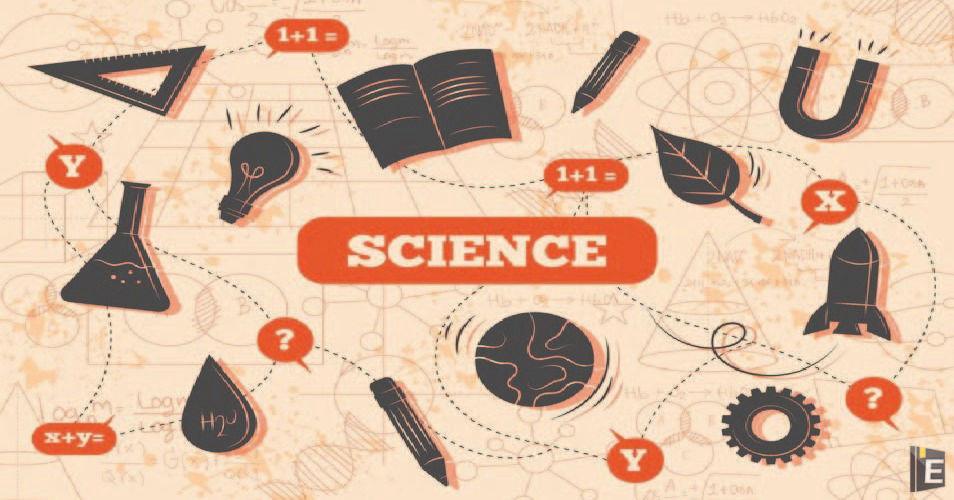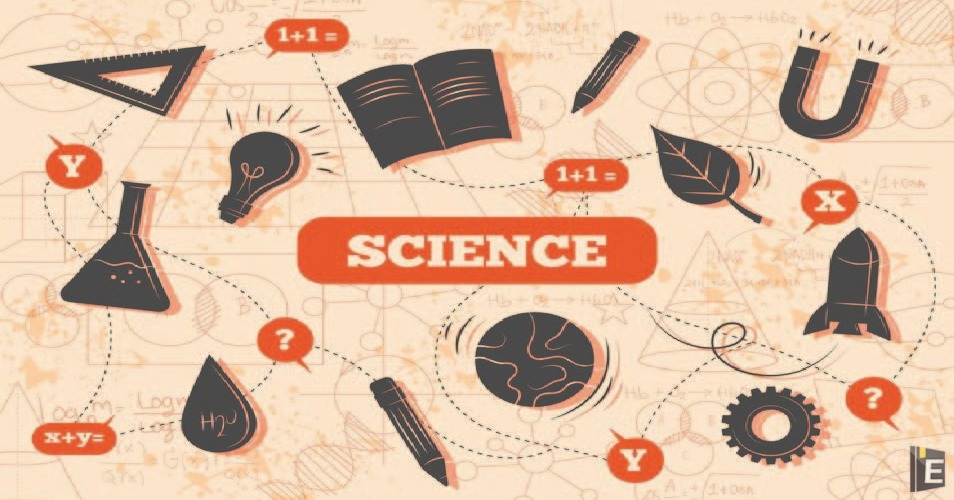


(A) Vitamin A
(B) Vitamin B
(C) Vitamin C
(D) Vitamin D
Apart from cow and buffalo, packed milk of various companies is also available in the market. Milk contains protein, calcium and riboflavin (vitamin B-2), apart from these it also contains vitamins A, D, K and E including phosphorus, magnesium, iodine and many minerals and fat and energy.
Which one of the following is used to make periscope?
(A) Concave lens
(B) Concave Mirror
(C) Plane Mirror
(D) None of the above
1. Which plane mirror is used to make periscope?
2. An optical instrument used to see through an object that is occluded from the direct line of sight is called a periscope.
3. A periscope consists of two plane mirrors placed at an angle of 45°.
4. When light falls on one of the mirrors then after reflection from the first mirror it falls on the second mirror which further reflects it and falls on the eye of the observer.
Of these, the cultivation of olives is studied in …….?
(A) agriculture
(B) olivoculture
(C) Olericulture
(D) apiculture
1. Among these, olive cultivation is studied in olivoculture.
2. Olives originated in the region of Southern Europe near the Mediterranean Sea. Currently, the largest producing countries are in the same region, with Spain, Italy, Morocco, Turkey and Greece being the largest producers.
The biological process through which the toxic residual substance formed in the body due to metabolic process is called-
(A) Excretion
(B) Respiration
(C) Circulation
(D) Digestion
1. Excretion is the process in which all metabolic wastes are passed out of the body. Excretion in humans occurs in several processes through various organs and internal organs of the body.
2. Diffusion is the most common process of excretion in lower organisms. The human body is an extraordinary machine, where various life-processes (respiration, circulation, digestion, etc.) occur simultaneously. As a result, many of the waste products produced in our bodies are in various forms including carbon dioxide, water, and nitrogenous products such as urea, ammonia, and uric acid.
The nervous systems of animals are composed of highly specialized cells called-
(A) hepatic cells
(B) nephrons
(C) neurons
(D) mucus cell
1. Neurons are the building blocks of the nervous system. They receive and transmit signals to different parts of the body. This is done in both physical and electrical forms. Many different types of neurons facilitate the transmission of information.
2. Neurons are the structural and functional unit of the nervous system. All neurons have three distinct parts – dendrites, the cell body, and the axon. Neuron structure is specially adapted to quickly carry messages in the form of electrical signals over large distances in the body.
Which lobe of the brain is responsible for hearing?
(A) Parietal lobe
(B) Frontal lobe
(C) Occipital lobe
(D) Temporal lobe
1. Temporal lobe – integrates memories with the senses of taste, sound, sight, and touch.
2. Parshivika Pali – Holds information about temperature, taste, touch and movement.
3. Frontal lobe – responsible for communicative functions and control of voluntary movement or activity.
4. Occipital lobe – responsible for vision
The protective layer of our brain and spinal cord is called-
(A) corpus callosum
(B) renal fascia
(C) meninges
(D) pericardium
There are three protective layers around our brain and spinal cord, called meninges. These layers are named in the order from outside to inside
Tibia salt bone is found in?
(A) arm
(B) mouth
(C) leg
(D) Skull
The tibia and fibula are the two bones found in the human leg. The tibia, also known as the shinbone, is the larger and stronger of the two bones and is located on the inner side of the leg. The fibula is the smaller bone and runs parallel to the tibia on the outer side of the leg.
Which of the following instrument is used to measure the humidity in the air?
(A) Hydrometer
(B) Hygrometer
(C) Hydrophone
(D) Heliometer
The means of measuring the humidity of the atmosphere are called hygrometers.
Proton was discovered by______.
(A) James Chadwick
(B) Ernest Rutherford
(C) J.J. Thomson
(D) Robert Andrew Cook
1. The proton was discovered by Rutherford. The name proton is derived from the Greek word protos meaning 'first'. The proton is a positively charged particle located in the nucleus of an atom, which was discovered by Ernest Rutherford in 1920. Rutherford proved in 1917 that the nucleus of the hydrogen atom (ie a proton) is present in the nuclei of all other atoms.
2. The nucleus of the atom was discovered by Ernest Rutherford in his famous gold foil experiment in the year 1911. The value of the particle is 1.6*10-19 C. To make an atom neutral, it has the same number of protons and electrons. He used the same concept to discover the proton.
Get the Examsbook Prep App Today